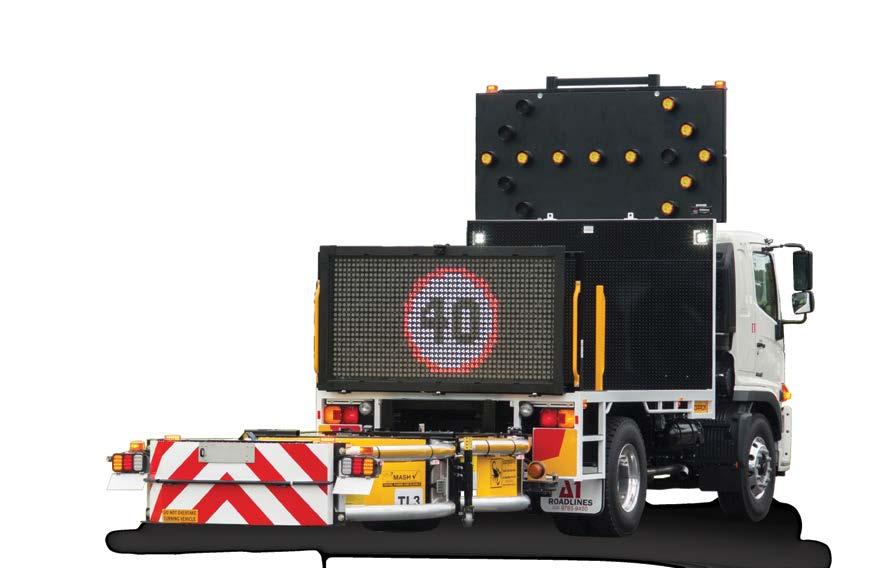
4 minute read
Editorial
REIMAGINED RETHINKING CITY DESIGN… AND THE WAY WE LIVE AND WORK
Dear Readers,
Advertisement
While I don’t wish in any way to appear flippant about an event which has devastated so many lives and, for all intents, laid a large proportion of the global economy to waste, it is also clear that the COVID-19 pandemic has presented us with a unique opportunity to reassess the way in which we interact with both each other and the planet from this point forward.
For example, prior to the COVID-19 pandemic, the majority of people in Australia’s capital cities (and an alarming number of major regional centres) were faced with an ever-increasing daily commute to their place of employment.
For commuters in our five major capitals, a daily commute time of 30 minutes would be considered ‘a dream run’, with 2019 research showing daily average commute times of 60 minutes or more. That’s a minimum of 5 hours per week (or 200+ hours per year for an average work year) just to get to and from work.
Unfortunately, for many it’s considerably more than that, with daily commutes of 45-60+ minutes each way not uncommon. That was until COVID-19 restrictions arrived.
With a strict mandate of ‘those who can work from home, MUST work from home’ we suddenly (yet perhaps not surprisingly) discovered that a significant percentage of the population didn’t really have to attend a centralised workplace every day to keep working.
Almost instantaneously, traffic congestion was all but eliminated in most areas, commute times for those who could not work from home dropped to unprecedented levels, and in many cities and regions around the globe, air pollution levels dropped to those not seen since prior to the industrial revolution. Indeed, some cities were waking up to vistas of mountains, oceans and other natural landmarks that had remained shrouded in pollution for so long, that no one could ever recall them being visible!
Now, before I continue, I do recognise that for many people, having to work from home was both onerous and challenging on many levels, and as such, I do not wish to suggest that eliminating office space altogether is desirable, or for that matter, even an option.
There is also the matter of existing buildings and infrastructure. One can not simply ‘abandon the cities’! As well as being completely wasteful and pointless, it would also result in an economic crisis for the building, construction, and real estate sectors.
What I am suggesting, however, is that the experience of the COVID-19 restrictions (both across Australia and globally), especially in terms of reducing traffic congestion, pollution and wasted commute time, should provide us with a major catalyst for rethinking the way many of us live and work – especially in terms of how far we travel to and from our primary place of employment.
While the concept of ‘The 15-minute City’ (where cities are designed so a large percentage of residents can live within 15 minutes of their workplace, essential shopping and recreation facilities) is not new, the glimpse of a less polluted and less congested world offered by the COVID-19 shutdowns has once again brought the concept back to the fore, with many arguing that it delivers a significant amount of benefits for residents and the planet alike.
Reduced pollution, reduced carbon emissions, an increased opportunity to move to Electric Vehicles, improved localised transport options such as shared Maas (Mobility as a Service) models, reduced ‘commuter stress’, improved work-life balance, expanded economic opportunities… the list goes on.
For Australia, I believe ‘the 15-minute City’ concept also presents us with a valuable opportunity to start decentralising our population growth away from the major east coast capitals.
While it’s clear that there are many more things to be considered when it comes to rethinking the design of our cities and regions than a simple one-page editorial will allow, I believe that as long as it’s not developed as a ‘prescriptive control’ – rather encouraged through favourable land-use, planning and zoning cooperation, with tax incentives for home and/or hub offices, Electric Vehicle purchases and choosing MaaS services over private vehicle use – the ‘15-minute City’ model can play a significant role in improving many peoples’ quality of life, while at the same time significantly reducing our impact on the planet.
Whether it’s a TL-2 or TL-3 attenuator, your first question should always be: IS IT MASH APPROVED?



With the Austroads Safety Barrier Assessment Panel (ASBAP) ‘Transition to MASH’ final transition date of 31st December 2020 looming large, there’s never been a more important time for equipment purchasers to ask the critical question: “Is it MASH Approved?”.




When it comes to Scorpion® TMA’s, the answer is a resounding YES – for BOTH TL-2 and TL-3 attenuator. In fact, the Scorpion II® Metro MASH TL-2 TMA is not only THE FIRST TL-2 TMA to be fully tested and approved to the latest MASH Standards, it is currently THE ONLY TL-2 Truck Mounted Attenuator to be successfully TESTED, PASSED & ELIGIBLE to the current MASH Standards.

So, whether it’s TL-2 or TL-3, when it comes to selecting a fully MASH tested, passed and eligible TMA that has also been ASSESSED,
APPROVED & RECOMMENDED
FOR ACCEPTANCE throughout Australia by ASBAP, the only name you need to remember is Scorpion® from A1 Roadlines.
THE EQUIPMENT YOU NEED – THE SERVICE YOU EXPECT











